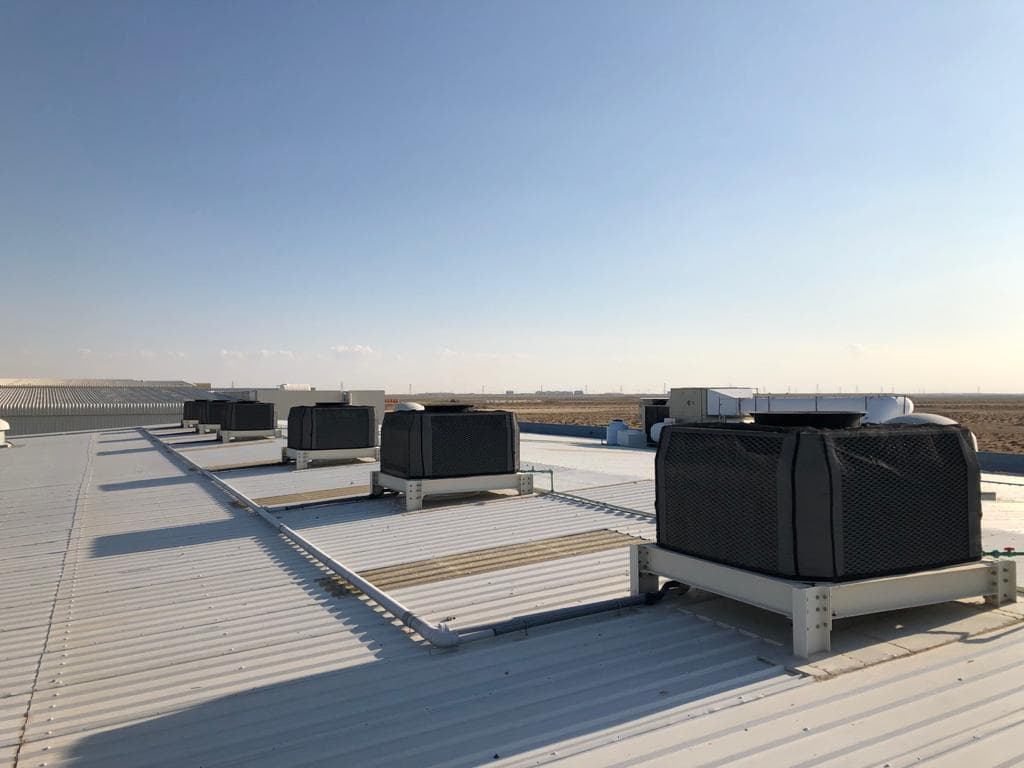
Does evaporative cooling work in humid climates? It is simple to answer yes. However, the details depend on which evaporative system you use. Yes, evaporative cooler pads are suitable for humid climates. The pads remove moisture from the air and give off cold vapor.
The relative humidity is an important factor in determining how effective evaporative cooling works. Evaporative cooling systems perform better in hotter or dryer environments. In most cases, an indirect/direct or combined evaporative cooling system will be more effective than a direct evaporative one. A direct evaporative cooling unit will not be able to reach the desired temperature in humid conditions. However, direct and indirect evaporative cooling systems perform significantly better in humid environments like coastal areas.
Direct evaporative systems have the advantage of using direct cooling, but two-stage (indirect/direct), evaporative cooling uses both direct and indirect cooling. This is an important advantage. This type of cooling achieves a cooling rate that is seven degrees Celsius higher than traditional evaporative cooling. The incoming temperature was 11 degrees Celsius, despite outside temperatures that range from 48 to 52 degrees Celsius and dry ambient air. Recent practice in Riyadh has resulted from both indirect and direct cooling projects. The system had a wet bulb temperature of around 20 degrees Celsius. This led to efficiency of up to 135%. Direct evaporative coolers would achieve incoming temperatures of 22° Celsius when operating at their maximum efficiency. In humid conditions, the wet-bulb efficiency of indirect/direct cooling technologies will exceed 114%. However, direct evaporative systems' wet-bulb efficiency will only be around 85%.
Evaporative Cooling In Two Stages Forms The Basis Of A Semi-Hybrid Solution
In spite of this, evaporative cooling is still a physical process: a two-stage evaporative system is unable to cool as effectively when there is a relative humidity of 80% or 90% as it is when there is a lower level of humidity. For instance, certain locations that have a desert or beach climate are more likely to have extended periods of exceptionally high temperatures and/or humidity. In circumstances such as this one, a semi-hybrid evaporative cooling system would be the greatest option for providing appropriate cooling because it combines elements of both traditional and modern systems. In addition to a system that uses evaporative cooling in two stages, this utilizes a mechanical cooling system that is both standard and small in its design.
The mechanical system takes over when the adiabatic system is unable to keep the temperature at the appropriate level during the more humid days of the year. With the help of this semi-hybrid system, a manufacturing hall or building can be suitably cooled all year round without giving up the significant benefits of evaporative cooling, which include the ability to save a significant amount of energy. This is because the semi-hybrid system utilizes both conventional air conditioning and evaporative cooling methods. In point of fact, the indirect and direct evaporative cooling system is able to function on its own for up to ninety percent of the time.










